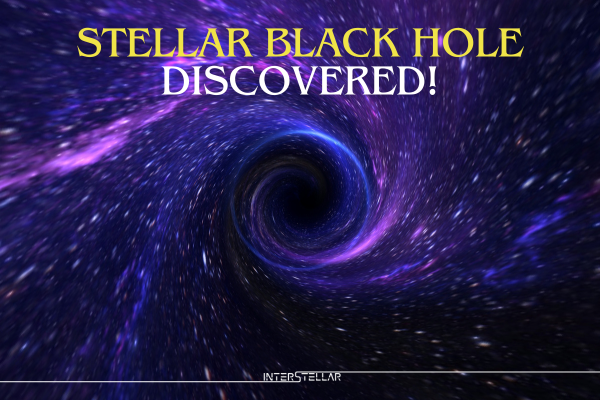Astronomers affiliated with the European Space Agency have unveiled the discovery of the most substantial stellar black hole within our Milky Way galaxy, recorded to date. Detected through the European Space Agency’s Gaia mission, this celestial phenomenon, which has been named Gaia BH3, demonstrates an unusual ‘wobbling’ motion impacting its companion star. Additional validation from the European Southern Observatory’s Very Large Telescope and other terrestrial observatories confirmed that Gaia BH3 possesses a mass approximately 33 times greater than our sun.
Traditionally, stellar black holes in our galaxy have been identified with an average mass close to 10 solar masses. The previous record-holder, known as Cygnus X-1, boasts a mass of 21 solar masses, thus making the new finding of a 33-solar-mass black hole particularly notable. Located merely 2,000 light-years away in the Aquila constellation, Gaia BH3 is the second-closest known black hole to Earth, offering an unprecedented opportunity for detailed study.
This groundbreaking discovery was made during a routine review of Gaia data in anticipation of a forthcoming data release. “The detection of such a high-mass black hole nearby, which has remained undetected until now, is a once-in-a-lifetime discovery in a researcher’s career,” noted Pasquale Panuzzo, a Gaia collaboration member and astronomer at the Observatoire de Paris, affiliated with France’s National Center for Scientific Research (CNRS).
The determination of BH3’s mass involved comprehensive observations using the Ultraviolet and Visual Echelle Spectrograph (UVES) at the ESO’s VLT in Chile’s Atacama Desert. These observations were critical in understanding the characteristics of the companion star, which, combined with data from Gaia, enabled precise measurements of the black hole’s mass.
Research has suggested that similarly massive black holes identified outside our galaxy might form from the collapse of metal-poor stars—stars deficient in elements heavier than hydrogen and helium. Such stars are theorised to retain more mass through their lifespan, potentially leading to the formation of more substantial black holes upon their demise. The companion star to BH3, also metal-poor, provides crucial insights into the conditions leading up to the formation of this significant black hole.
The findings, detailed in a paper titled “Discovery of a dormant 33 solar-mass black hole in pre-release Gaia astrometry” and published in Astronomy & Astrophysics, highlight the significance of this discovery and its implications for future research. Elisabetta Caffau, a co-author of the study and also a member of the CNRS Observatoire de Paris, emphasised the importance of publishing these preliminary findings ahead of the complete Gaia data release, expected no earlier than late 2025. This early release allows the global astronomical community to begin studying this fascinating black hole immediately.
Further observations using the GRAVITY instrument on ESO’s VLT Interferometer are planned to explore whether BH3 is currently accumulating matter from its surroundings and to deepen our understanding of this extraordinary astronomical object.





